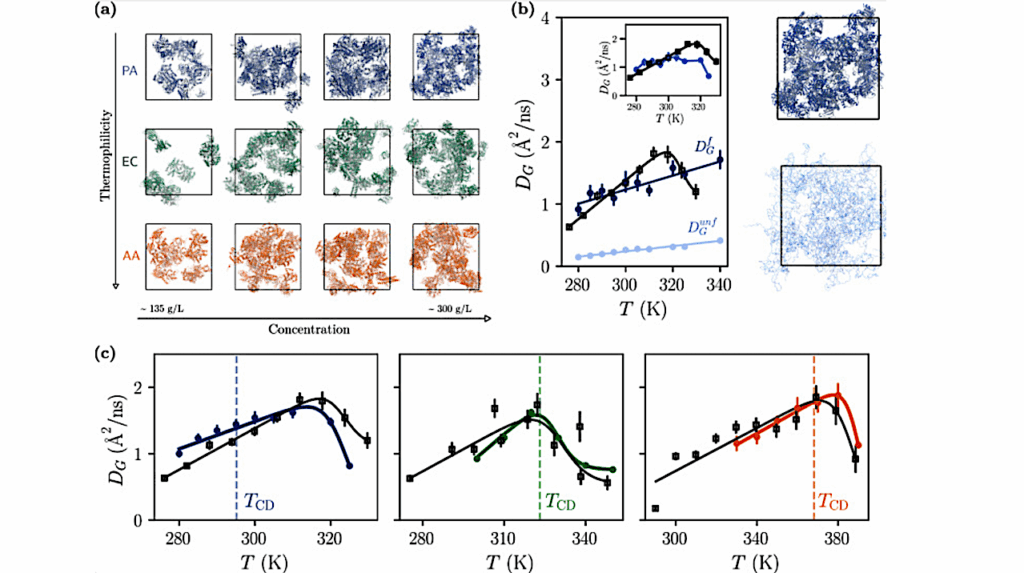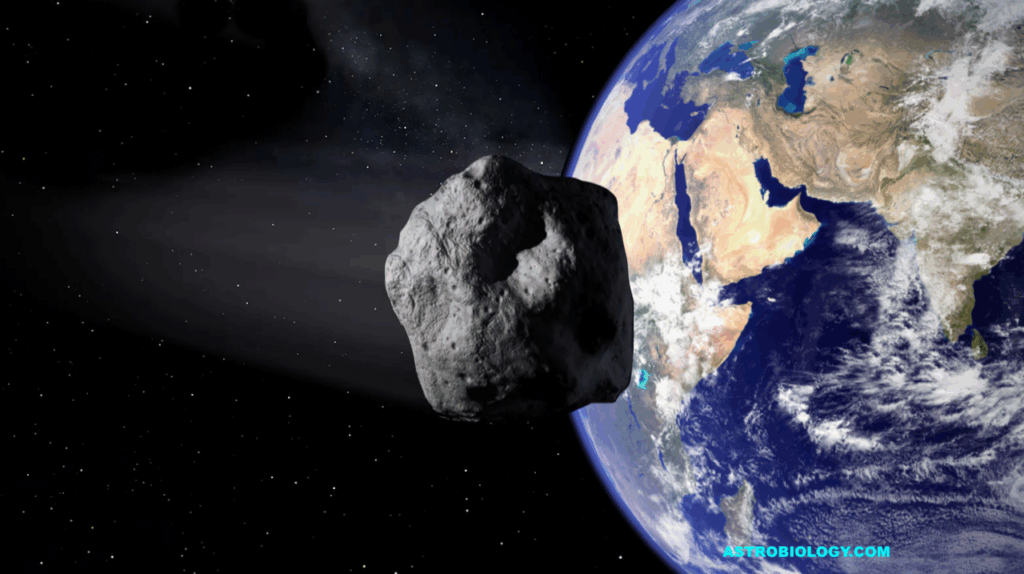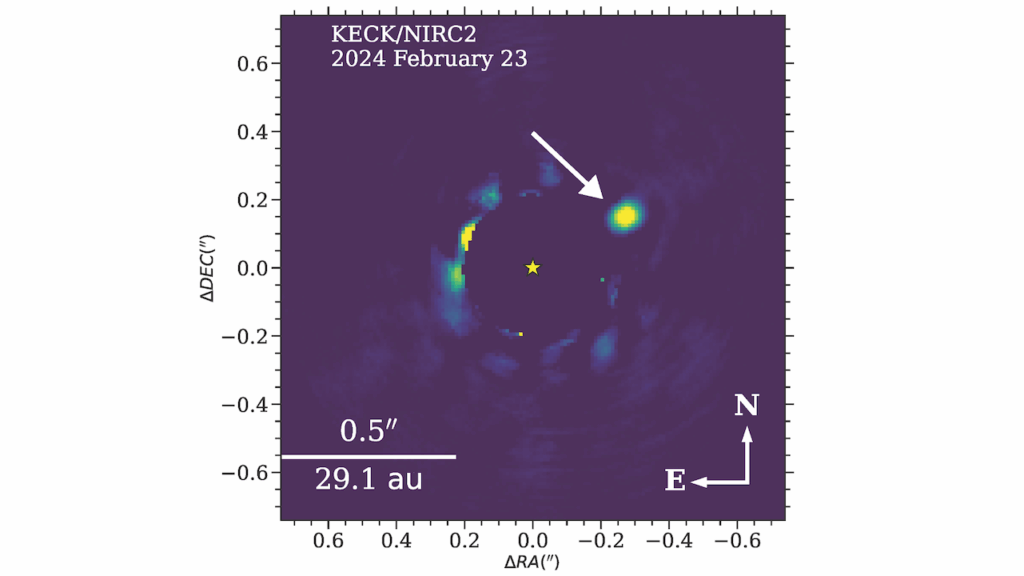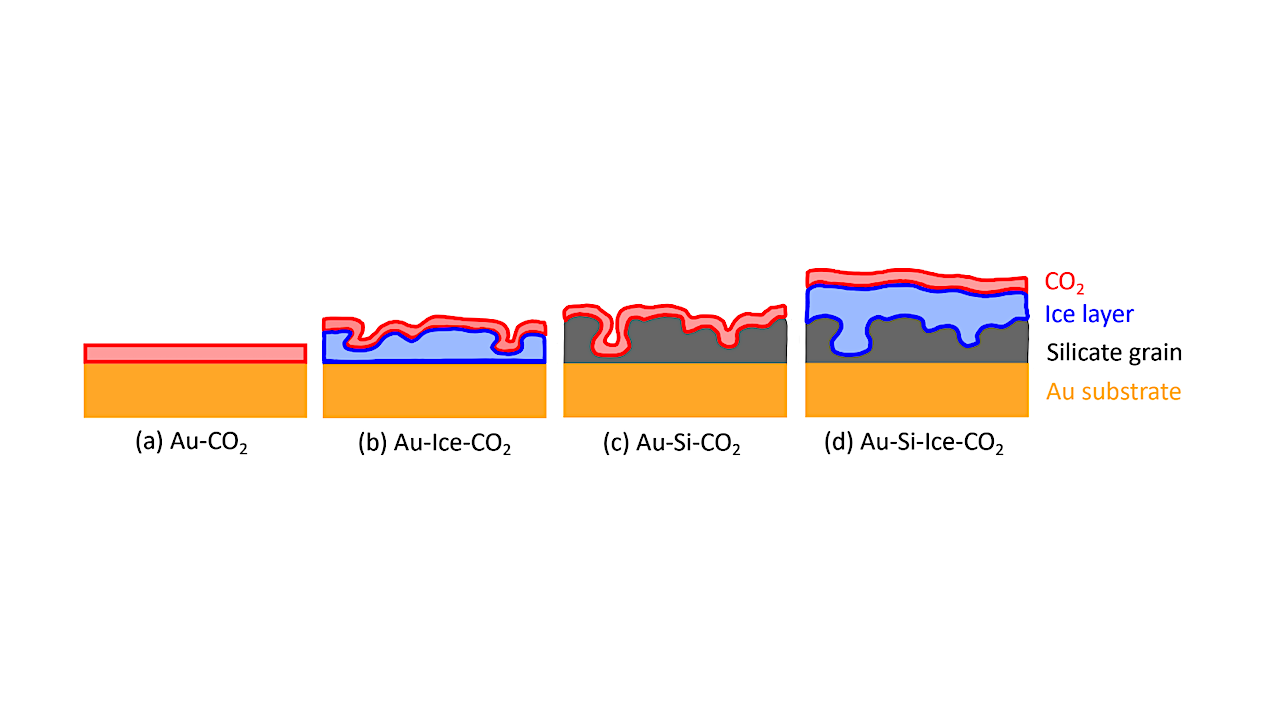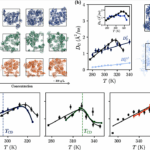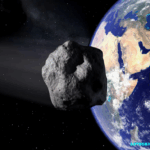Now Reading: Sub-Neptunes Are Drier Than They Seem: Rethinking the Origins of Water-Rich Worlds
-
01
Sub-Neptunes Are Drier Than They Seem: Rethinking the Origins of Water-Rich Worlds
Sub-Neptunes Are Drier Than They Seem: Rethinking the Origins of Water-Rich Worlds
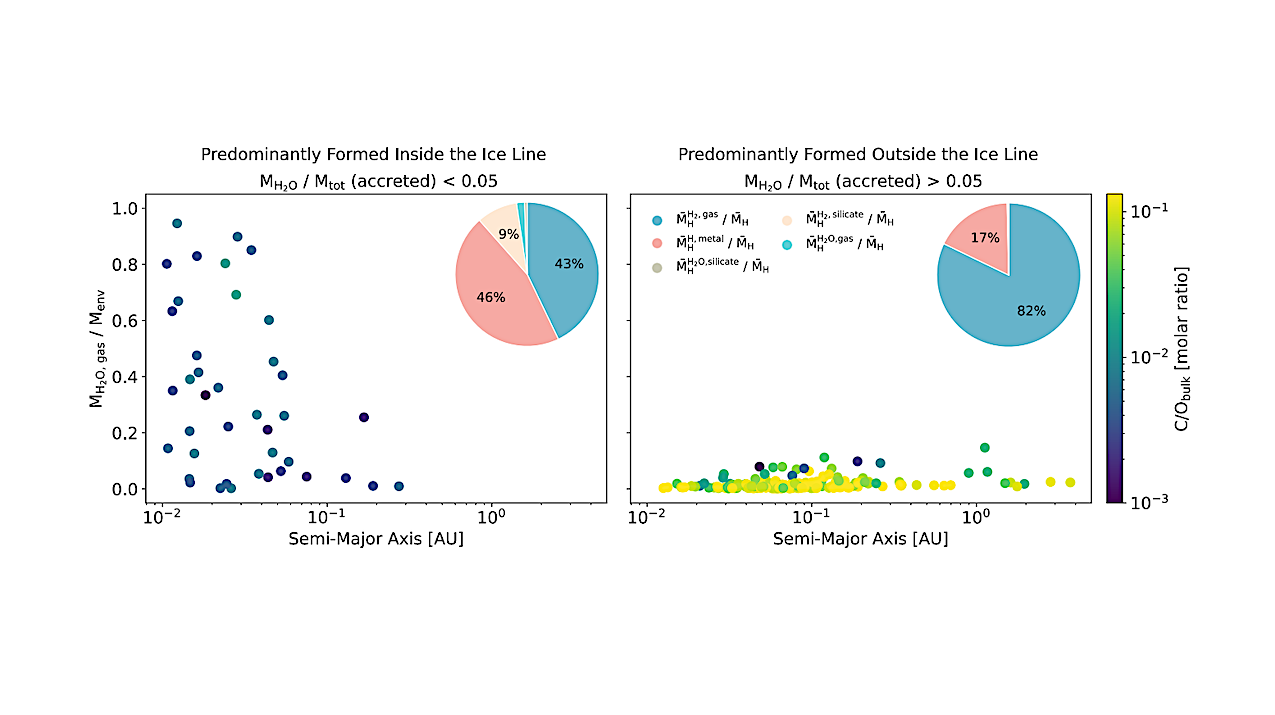

Envelope H2O mass fraction as a function of semi-major axis. The same dataset as in Figure 1 is shown. The left panel shows planets that predominantly formed inside the water ice line; the right panel shows those that formed outside. Classification is based on the accreted H2O mass fraction, with a threshold set at 5% of the total planetary mass. The colorbar indicates the molar bulk C/O ratio. Planets formed inside the ice line are systematically depleted in carbon due to the lack of volatile ice accretion and exhibit higher envelope H2O mass fractions. In contrast, planets formed beyond the ice line retain lower H2O content despite higher bulk volatile abundances. Each pie chart shows the mean mass fraction of hydrogen in H2 (gas), H (metal), H2 (silicate), H2O (gas), and H2O (silicate), normalized to the total mean hydrogen inventory for each population. Only components contributing more than 5% are labeled. Planets that formed beyond the ice line store most hydrogen as H2 (gas) and H (metal), while those that formed inside the ice line retain a larger share of hydrogen in H (metal) H2 (silicate) and H2O (gas + silicate). — astro-ph.EP
Recent claims of biosignature gases in sub-Neptune atmospheres have renewed interest in water-rich sub-Neptunes with surface oceans, often referred to as Hycean planets.
These planets are hypothesized to form beyond the snow line, accreting large amounts of H2O >10 wt%) before migrating inward. However, current interior models often neglect chemical equilibration between primordial atmospheres and molten interiors. Here, we compute global chemical equilibrium states for a synthetic population of sub-Neptunes with magma oceans.
Although many initially accrete 5-30 wt% water, interior-atmosphere interactions destroy most of it, reducing final H2O mass fractions to below 1.5 wt%. As a result, none meet the threshold for Hycean planets.
Despite that, we find H2O-dominated atmospheres exclusively on planets that accreted the least ice. These planets form inside the snow line, are depleted in carbon and hydrogen, and develop small envelopes with envelope mass fractions below 1%, dominated by endogenic water.
In contrast, planets formed beyond the snow line accrete more volatiles, but their water is largely converted to H2 gas or sequestered into the interior, resulting in low atmospheric H2O mass fractions. Most H2O-rich envelopes are also fully miscible with H2, making a separate water layer unlikely.
Our results topple the conventional link between ice accretion and water-rich atmospheres, showing instead that H2O-dominated envelopes emerge through chemical equilibration in hydrogen-poor planets formed inside the snow line.
Aaron Werlen, Caroline Dorn, Remo Burn, Hilke E. Schlichting, Simon L. Grimm, Edward D. Young
Comments: Submitted to ApJL
Subjects: Earth and Planetary Astrophysics (astro-ph.EP); Geophysics (physics.geo-ph)
Cite as: arXiv:2507.00765 [astro-ph.EP] (or arXiv:2507.00765v1 [astro-ph.EP] for this version)
https://doi.org/10.48550/arXiv.2507.00765
Focus to learn more
Submission history
From: Aaron Werlen
[v1] Tue, 1 Jul 2025 14:06:27 UTC (539 KB)
https://arxiv.org/abs/2507.00765
Astrobiology, Astrogeology,
Stay Informed With the Latest & Most Important News
Previous Post
Next Post
-
 012024 in Review: Highlights from NASA in Silicon Valley
012024 in Review: Highlights from NASA in Silicon Valley -
 02Panasonic Leica Summilux DG 15mm f/1.7 ASPH review
02Panasonic Leica Summilux DG 15mm f/1.7 ASPH review -
 03From Polymerization-Enabled Folding and Assembly to Chemical Evolution: Key Processes for Emergence of Functional Polymers in the Origin of Life
03From Polymerization-Enabled Folding and Assembly to Chemical Evolution: Key Processes for Emergence of Functional Polymers in the Origin of Life -
 04How New NASA, India Earth Satellite NISAR Will See Earth
04How New NASA, India Earth Satellite NISAR Will See Earth -
 05And Thus Begins A New Year For Life On Earth
05And Thus Begins A New Year For Life On Earth -
 06Astronomy Activation Ambassadors: A New Era
06Astronomy Activation Ambassadors: A New Era -
07SpaceX launch surge helps set new global launch record in 2024












